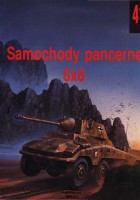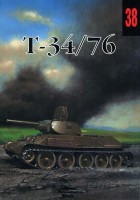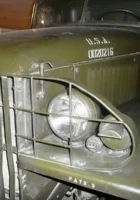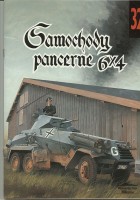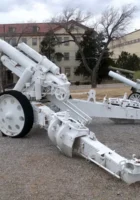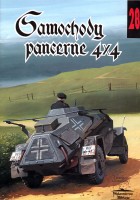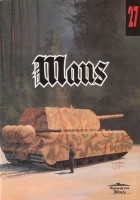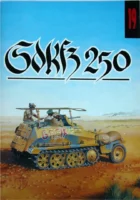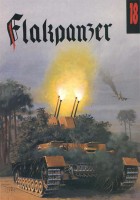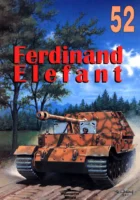
Wydawnictwo Militaria | |
|---|---|
| Series | Wydawnictwo Militaria |
| Réf | 052 |
| Sujet | Ferdinand - Elephant |
| Period | ww2 |
Signed documentation Wydawnictwo Militaria the book "Ferdinand - Elephant - Wydawnictwo Militaria 052" .
Durant la Seconde Guerre mondiale, lorsque les ingénieurs allemands voulurent contrer la machine de guerre blindée alliée, un projet amenant la création d’un nouveau panzer vit le jour. Le projet Tiger I devait permettre de voir le jour à un nouveau type de char à blindage renforcé. Deux projets de châssis sont créés, l’un par Porsche appelé VK 4501 (P) et l’autre par Henschel appelé VK 4501 (H). Le projet de Porsche fut d’abord choisi, et il en lança la production. Mais on se rendit vite compte que la motorisation de Porsche faisait apparaître quelques problèmes. En octobre 1942, on ordonna de stopper la production et l’on donna le feu vert à Henschel pour lancer sa production. Henschel sera donc le concepteur du célèbre Tigre I. Porsche ayant quand même fait produire 90 châssis trouva un accord avec Hitler en 1943 pour utiliser ces châssis à bon escient. Cet accord donna naissance à un nouveau char, le Ferdinand, en l’hommage du concepteur Ferdinand Porsche. Il porta ensuite le nom de Elefant après la bataille de Koursk.
Source: Jagdpanzer Elefant sur Wikipedia
Views: 956
